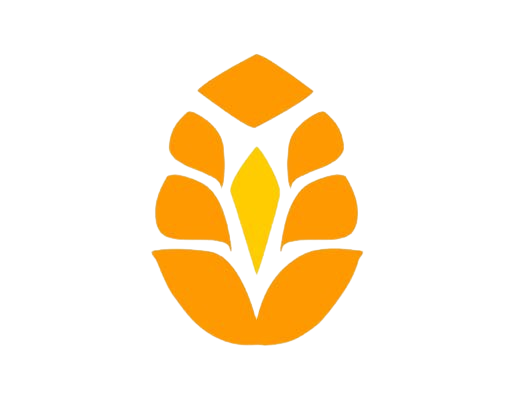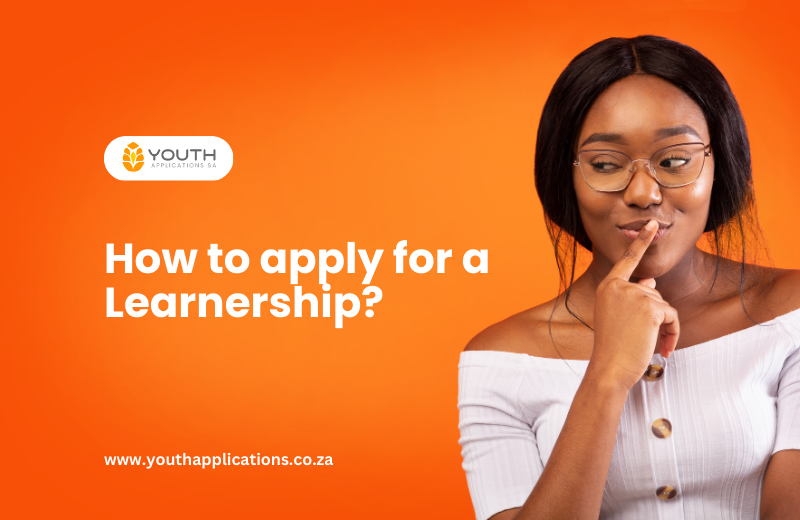Applying for learnerships requires understanding the different types available and following a structured application process. This guide will walk you through how to apply for learnerships based on their categories and requirements.
How Learnerships Work?
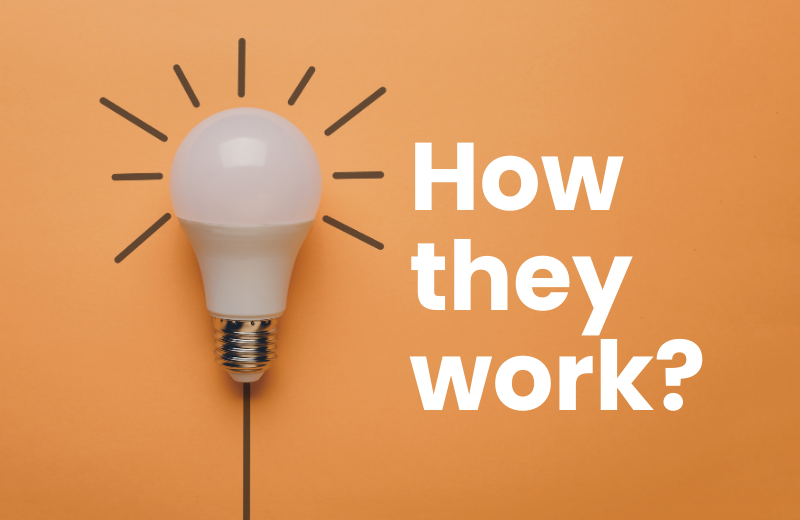
Think of learnerships as a mix of school and real-world job training all rolled into one. You’re not just sitting in a classroom all day—you’re actually out there, getting hands-on experience while learning the theory behind it.
It’s like getting a sneak peek into the working world, but with the added bonus of gaining a qualification at the end.
For example, if you’re doing an IT learnership, you won’t just read about coding—you’ll actually write and test real code! This way, by the time you’re done, you’re not just job-ready—you’re already ahead of the game.
Step-by-Step Guide to Applying for a Learnership
Step 1: Research Available Learnerships
Begin by visiting trusted websites that regularly post learnership opportunities:
Don’t stop there! Check company websites, especially those of major corporations like banks, retail chains, and telecommunications companies, as they often have dedicated learnership programs. Also, explore job portals and SETA (Sector Education and Training Authority) websites to find industry-specific learnerships.
To stay ahead, follow companies and career pages on social media, subscribe to email alerts, and join WhatsApp or Telegram groups that share job and learnership updates. The more you research and stay informed, the better your chances of securing a learnership that aligns with your career goals.
You may also look: 4 Yes Youth Programmes That Can Get You a Job
Step 2: Check Eligibility Requirements
-
Ensure you meet the age, education, and work experience requirements.
-
Some learnerships may require specific skills or prior training.
-
Verify if you need to submit additional qualifications or certificates.
Step 3: Prepare Your Application Documents
For example, if you’re applying for a Business Administration learnership at a bank, your CV should mention any administrative or customer service skills, and your cover letter should express your passion for finance and learning new skills. Having all the right documents ready ensures a smooth application process.
-
-
Updated CV: Keep it short and highlight your skills, qualifications, and any experience that relates to the learnership.
-
Certified Copies of Your ID and Qualifications: These should not be older than three months.
-
Cover Letter: A short, tailored letter explaining why you want the learnership and how it aligns with your career goals.
-
References: Letters from teachers, previous employers, or community leaders to vouch for your character and abilities.
-
Step 4: Submit Your Application
-
Online Applications: Upload documents via company portals or government websites.
-
Email Applications: Use a professional email and include all necessary documents.
-
In-Person Applications: Submit physical copies if required by the company.
Free AI Cover Letter Generator
Our tool allows you to generate unlimited cover letters for any job you are applying for. Try it now!
Types of Learnerships
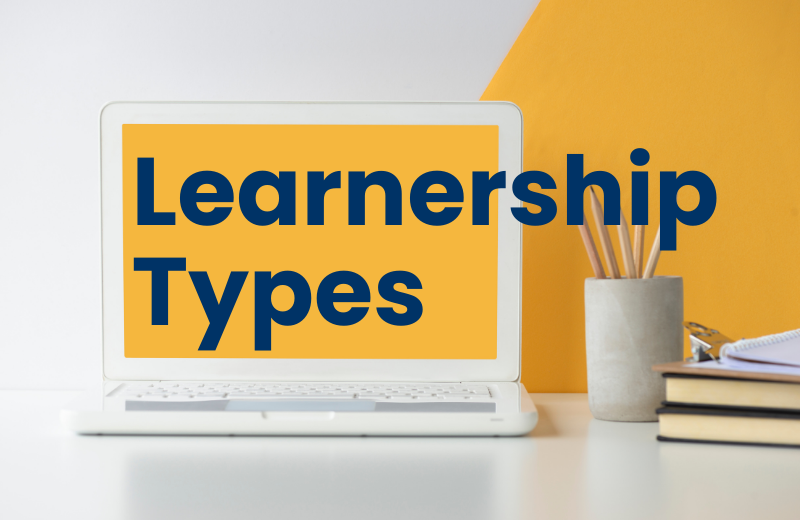
There are different types of learnerships available in South Africa, categorized based on the industry and qualification level:
1. Sector-Based Learnerships
-
Business & Finance (e.g., Banking, Accounting, and Administration)
-
Engineering & Manufacturing (e.g., Electrical, Mechanical, and Civil Engineering)
-
Information Technology (IT) (e.g., Software Development, Cybersecurity, and Data Science)
-
Healthcare & Social Services (e.g., Nursing, Caregiving, and Community Health)
-
Retail & Customer Service (e.g., Sales, Call Center, and Hospitality)
-
Government Learnerships (e.g., Home Affairs, SAPS, and Municipal Learnerships)
2. Level-Based Learnerships
- Entry-Level (NQF 1-4): Suitable for individuals with a Grade 9 to 12 qualification.
- Mid-Level (NQF 5-6): Designed for diploma holders or those with relevant work experience.
- Advanced (NQF 7-8): Includes postgraduate-level learnerships for specialized fields.
3. Employment-Based Learnerships
-
Unemployed Learnerships: For individuals without jobs who want to gain work experience.
-
Employed Learnerships: Sponsored by an employer to upskill existing employees.
-
Youth Learnerships: Targeted at individuals between the ages of 18-35.
Browse Learnerships:
Common Misconceptions About Learnerships
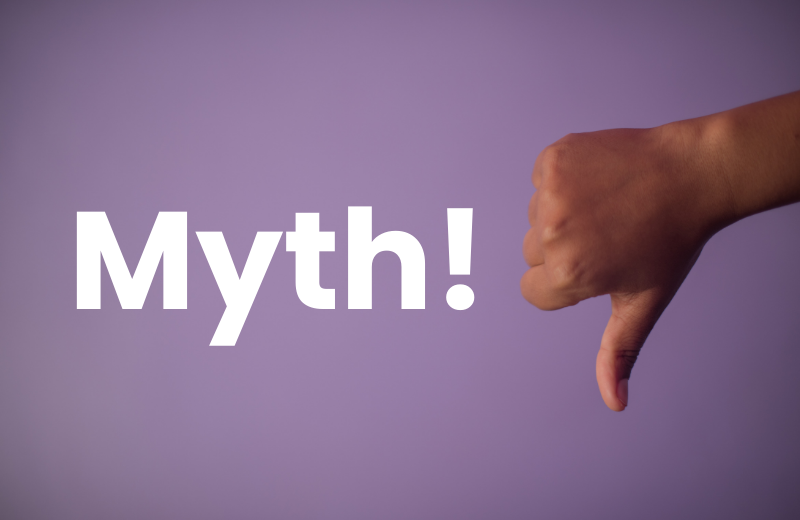
- Learnerships Are the Same as Internships: Many people confuse learnerships with internships. While internships are usually short-term and focus on gaining work experience, learnerships are structured programs that lead to a formal qualification.
-
Learnerships Do Not Pay: A common myth is that learners work for free. In reality, learnerships offer a stipend to help with basic expenses while gaining experience.
-
Only School Leavers Qualify for Learnerships
Some believe that learnerships are only for recent matriculants. However, there are learnerships available for individuals at various education levels, including diploma and degree holders looking to specialize in a field.
-
Learnerships Guarantee Permanent Employment
While learnerships significantly improve employment chances, they do not always guarantee a permanent job. However, many companies prefer hiring learners who successfully complete the program.
-
All Learnerships Are Government-Funded
While many learnerships are funded by SETAs (Sector Education and Training Authorities), some are provided by private companies that invest in skill development.
Free AI Email Generator
Whether you are applying for a Learnership or Entry level job, use AI to craft perfect emails.
